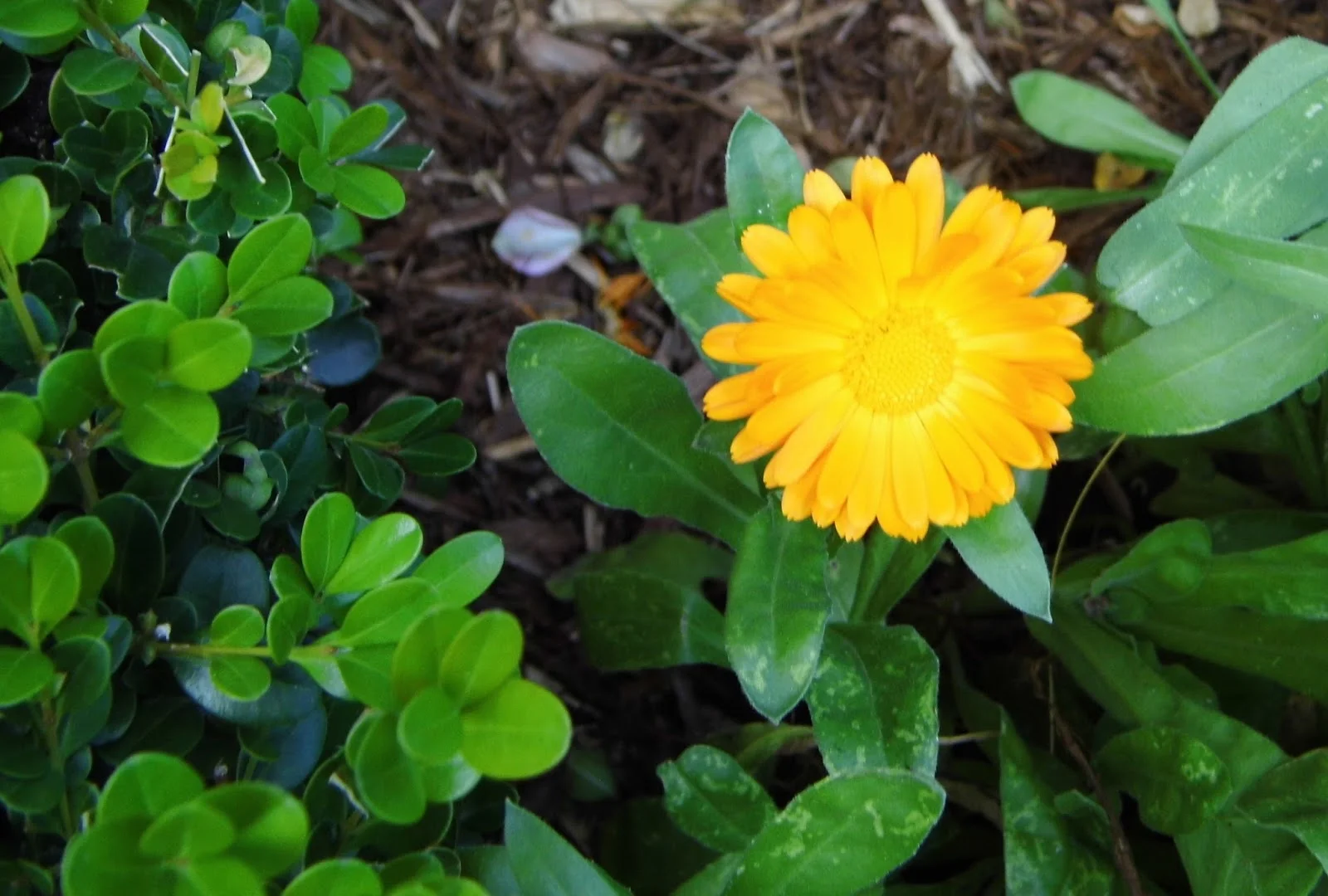The Canon Gardens
Along the north wall, you’ll find a series of gardens representing many of the comedies and tragedies from Shakespeare’s canon. These tiny plots are bursting with plants mentioned in his plays, from the fruit trees of apple, pear, and pomegranate to common herbs, and many, many roses.
In late summer, make special note of the flower Shakespeare calls marigold, which we know as calendula. Calendula was one of the most common apothecary herbs of Shakespeare’s time, and his many mentions of the plant reflect the familiarity his audiences would have had with it. Nearly every garden along this wall has at least one calendula flower amongst the others.
